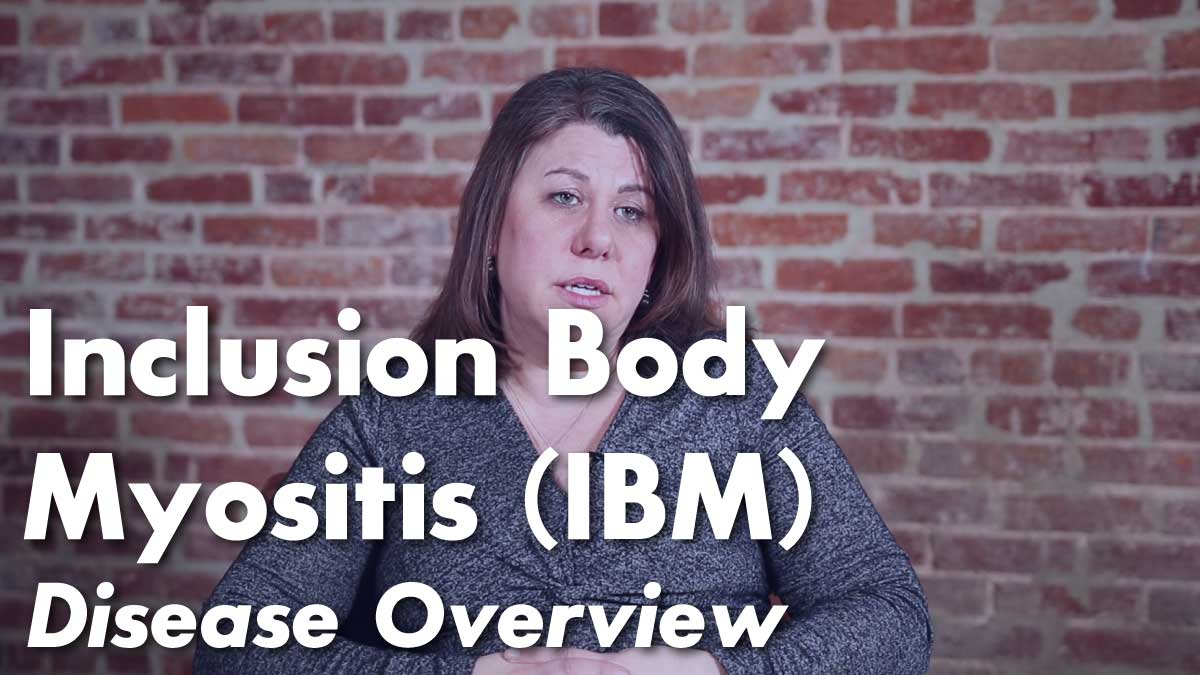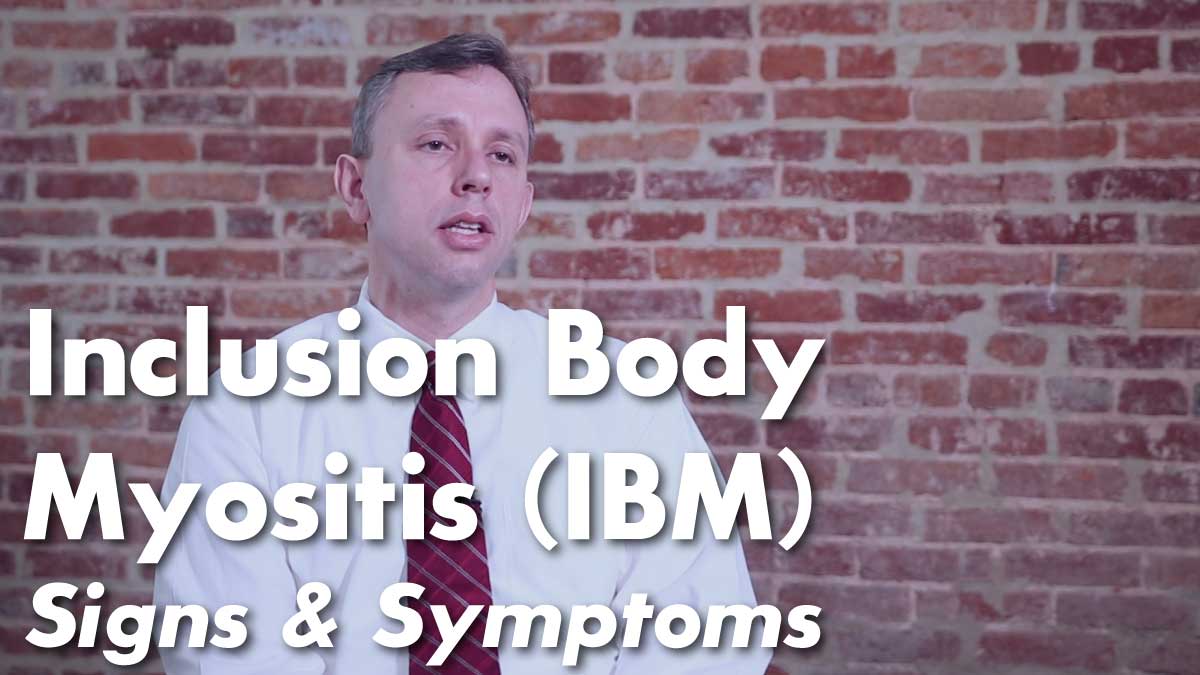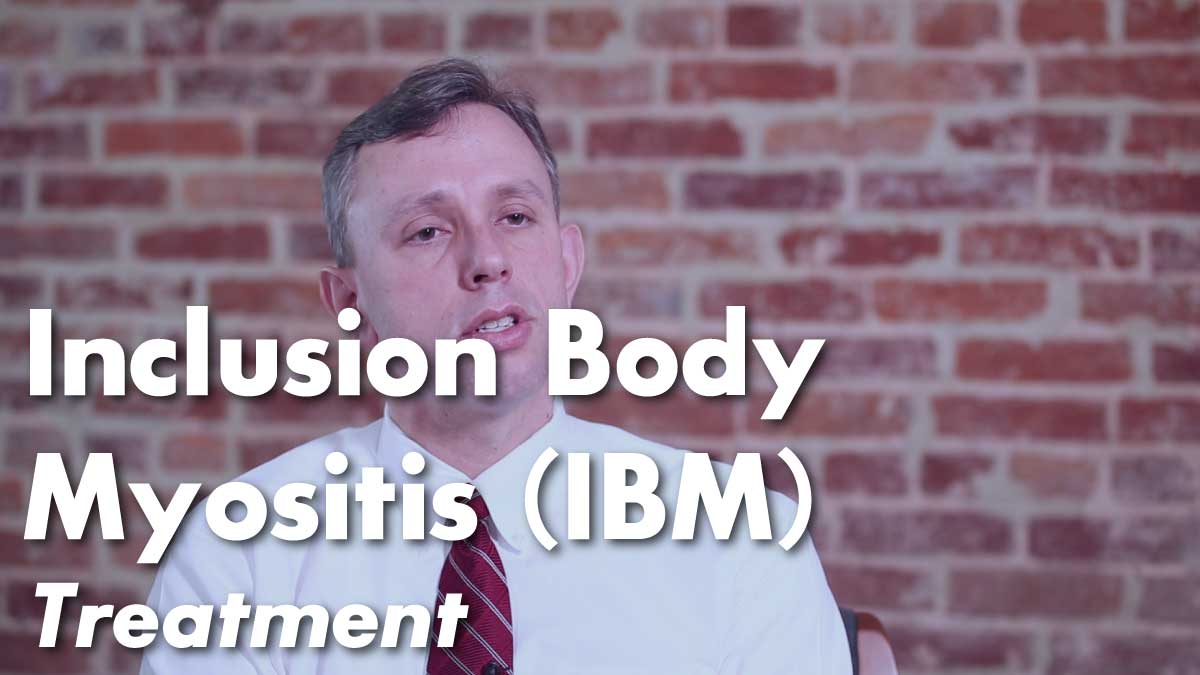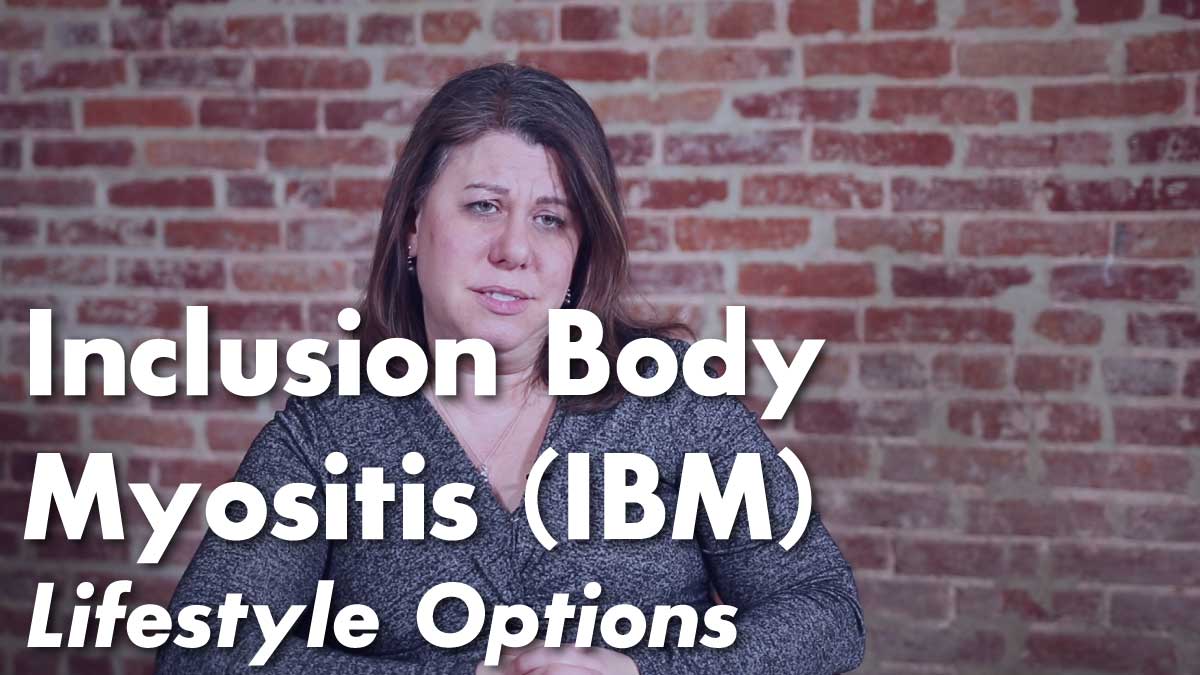
Inclusion body myositis is an inflammatory disease that affects the muscles. It affects more men than women, which makes it different than most other inflammatory diseases that affect mainly women. We are still learning about IBM and what causes it. In this video, Dr. Lisa Christopher-Stine, the Director of the Myositis Center, discusses the symptoms and problems many patients with Inclusion Body Myositis (IBM) face.



